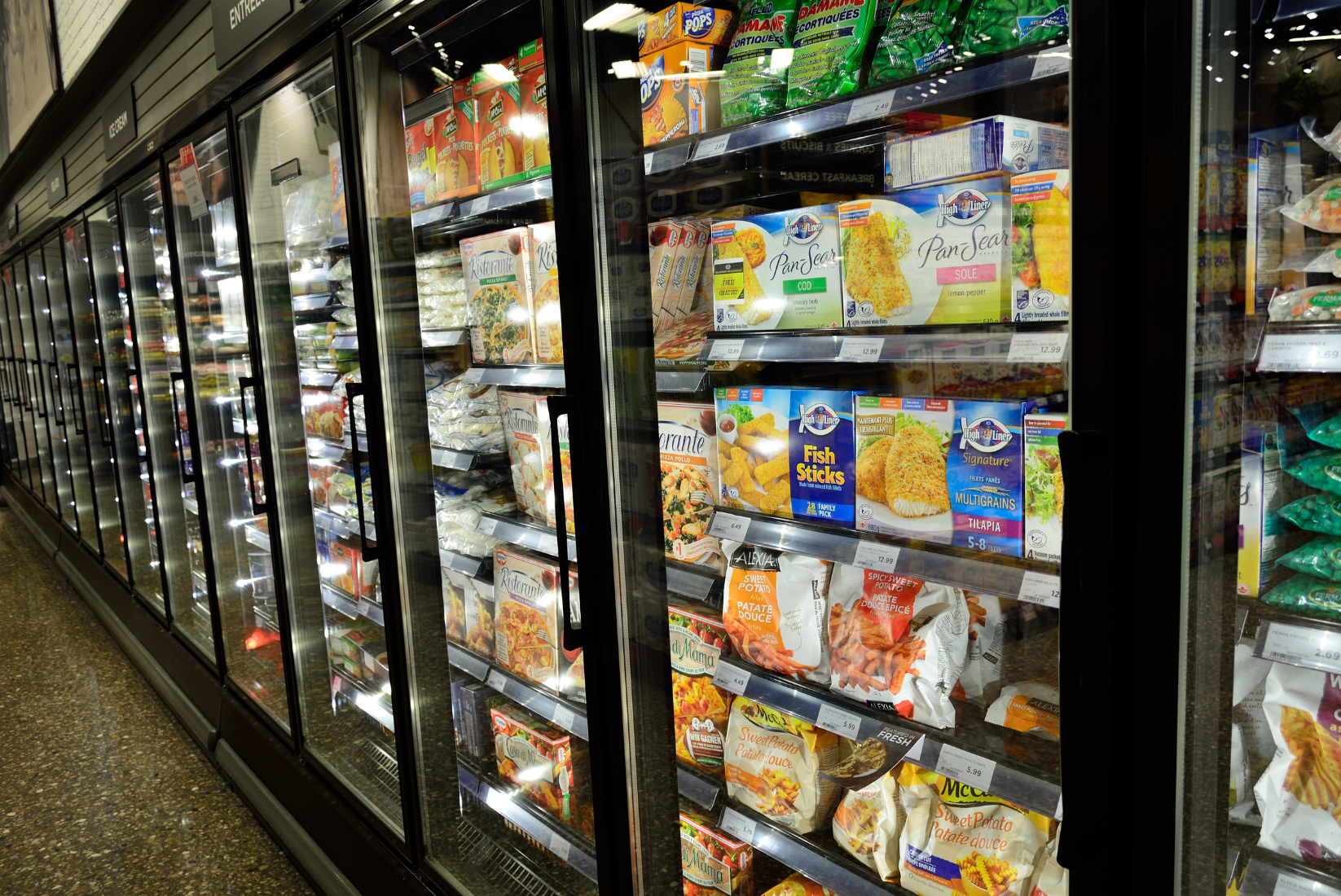Imagine wanting to eat healthy foods but not being able to afford them or not having the kitchen equipment or storage to cook meals.
According to the United States Department of Agriculture (USDA), approximately 88% of SNAP (Supplemental Nutrition Assistance Program) participants report facing some type of barrier to achieving a healthy diet at some point throughout the month.
March is Frozen Food Month and a time to take advantage of how frozen foods can be implemented into a budget-friendly and healthy diet.
The American Frozen Food Institute (AFFI) reports that frozen food can be a powerful tool in a well-balanced meal for every season and in every community. AFFI shows that frozen food has four main benefits:
- Affordable – Frozen foods are lower in cost-per-serving and have a longer shelf-life than refrigerated or fresh foods
- Nutritious – Research from the Universities of California-Davis and Georgia show that frozen fruits and vegetables have equal to and sometimes better nutritional value compared to fresh-stored produce.
- Less waste – Frozen foods are easier to portion and store for later use, which reduces food waste
- Time-saving – A variety of options provide consumers who lack time and skills to cook food from scratch
Frozen fruits, vegetables, meats, poultry, and fish can all be purchased by using SNAP benefits, which can help offset the ever-growing costs of groceries.
In 2022, the USDA reported that households who had higher median incomes also spent more on food; however, it represented a smaller percentage of their income. Households with the highest incomes spent an average of $15,713 on food representing only 8% of their income while households with the lowest incomes spent an average of $5,090 on food, which represented 31.2% of their income.
With so much money being spent on food, it’s important to understand how prominent food waste is in the United States. A 2020 William & Mary study found that an American consumer wastes approximately $1,300 per year on food that ends up in the trash.
Fresh produce has a short shelf-life, but by purchasing frozen fruits and vegetables you will be getting healthy foods at an affordable price and even be able to use SNAP benefits.
Sources
Study calculates true cost of food waste in America | William & Mary (wm.edu)

